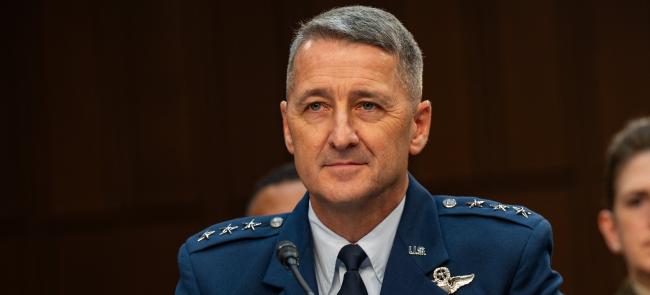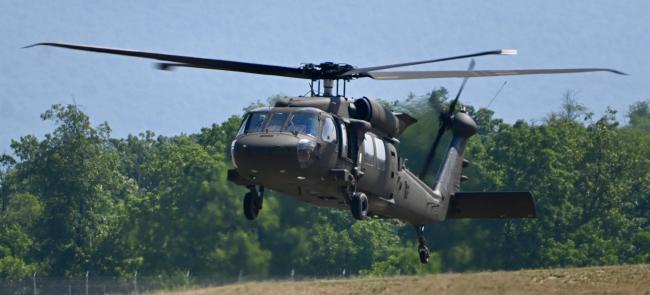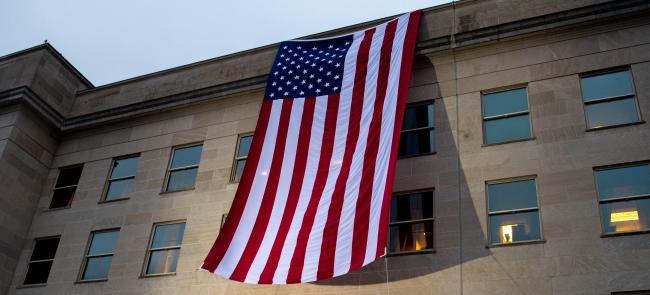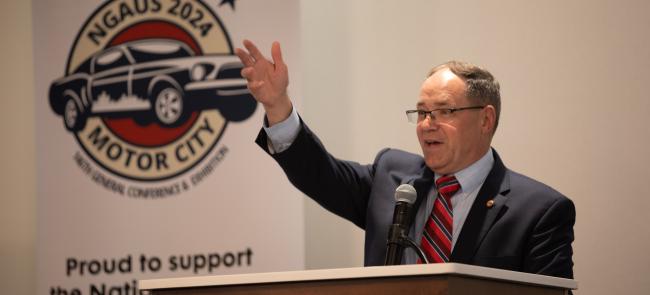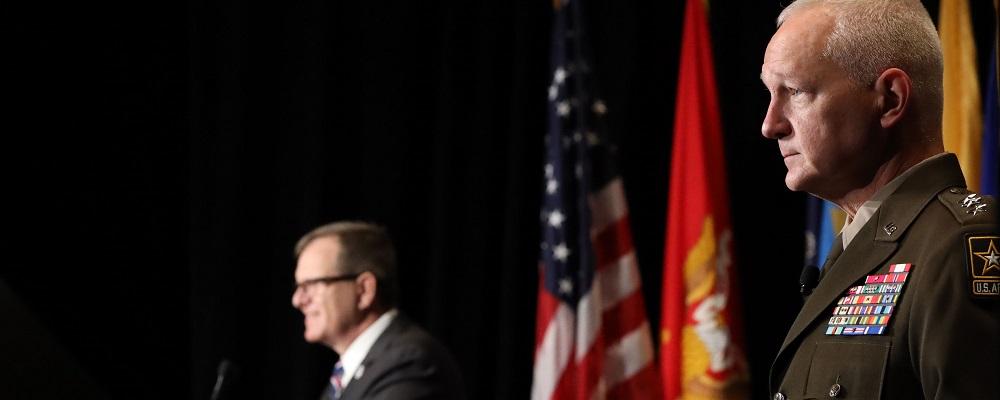
At one point in June, just under a third of the Army Guard was on duty, responding to civil unrest, the ongoing COVID-19 pandemic, fighting overseas or responding to natural disasters.
That would have been unthinkable in the past, said Lt. Gen. Jon A. Jensen, the new director of the Army National Guard. But Guard soldiers proved it was not only possible, but a success.
“There is nothing that the Army National Guard, the National Guard, cannot accomplish,” Jensen said during the second day of the 142nd General Conference, which was livestreamed from the NGAUS headquarters in Washington, D.C.
Jensen, newly installed as the top officer in the Army National Guard, spoke of what he called “institutional” priorities for the force.
The first was personnel end strength.
Despite the challenges of COVID-19, Jensen said the Army Guard would meet its end-strength goals for the year.
In the past, the Army Guard took too many resources from its recruiting enterprise. That won’t happen again, Jensen said, noting recent investments in the enterprise that includes increased recruiters, incentive pay and bonuses.
End strength is the Guard’s first obligation, he said. And will be its first resource priority.
The second priority was readiness, which has also been impacted by the pandemic.
Jensen said the Army Guard missed out on 18,000 school slots this year due to the pandemic.
“Our analysis is it will take three years to gain back those slots and get those education opportunities back to our soldiers,” he said.
Jensen stressed the importance of recovering and maintaining readiness, especially as the Army looks to transform to meet the challenges of great power competition.
The Army is looking to create new organizations for a possible fight with Russia or China. And those organizations are opportunities for the Guard to add to its force structure.
“But we’ll only get those opportunities if we’re ready,” Jensen said. “If we’re manned and we’re ready.”
The Army Guard wants to be a part of the Army’s transformative change, he said. And that look to the future is driving another big initiative — to align Guard units under eight divisions that will be able to deploy as full divisions in the future.
Jensen said a lack of full-time manning was driving some readiness issues. He said the Army Guard would continue to work with the Army to incrementally grow the full-time force. The Army Guard is the smallest per-capita full-time force of any of the seven reserve components.
His third priority was people.
“As a military organization, it’s all about leadership,” he said. “Soldiers, like plants, grow toward light.”
Jensen said the leaders who made the most impact on him in his career were positive leaders.
And he urged current leaders to take a similar approach to their units.
All three of his priorities are related, he said.
“Soldiers will stay if leadership meets expectations,” Jensen said. “If they are given meaningful tasks.”




